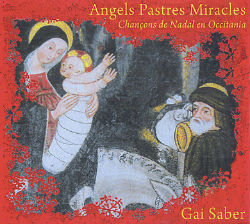 Just as the first "krautrock" lp's were coming out in Germany, in Italy we had a surprisingly similar counterpart: this album. It consists of three long instrumental tracks, somewhere in between psych-rock, avantgarde jazz and funky jams.
Just as the first "krautrock" lp's were coming out in Germany, in Italy we had a surprisingly similar counterpart: this album. It consists of three long instrumental tracks, somewhere in between psych-rock, avantgarde jazz and funky jams.The sound is definitely experimental and ostentatiously "underground". None of the instruments involved tries to be reassuring: the guitar is scratchy, the trumpet sounds choked, piano and keyboards are always dissonant and a background of "proto-industrial" noises is present all along the record. The music, anyway, is thrilling. The drum patterns, in particular, are extraordinary: regular, tight, groovy, and incredibly close to the "motorik" beat of Can and Neu!.
"The Group" was not a band of young beatniks. As a matter of fact, it's just a pseudonym for Gruppo d'Improvvisazione Nuova Consonanza, a project of renown soundtrack composer Ennio Morricone along with other important experimental musicians. The rock-focused attitude of the record is quite surprising for such a team of classically-trained men already in their forties!
Tracklist:
Credits:
- Franco Evangelisti: keyboard, percussion
- Ennio Morricone: trumpet
- Mario Bertoncini: piano, percussion
- Walter Branchi: double bass
- Bruno Battisti D'Amario: guitar
- Egisto Macchi: percussion
- Renzo Restuccia: drums
- John Heineman: trombone, piano, cello
Similar music on the blog:
Ennio Morricone: Crime and Dissonance (Ipecac, 2005)
La 1919: Jouer, Spielen, To Play (Materiali sonori, 1994)


















